For many, dealing with the traditional financial landscape is not a walk in the park. Due to limited operating hours, hefty charges, and complex banking procedures, this system often excludes those who need the financial services the most. Imagine being denied a loan or access to basic finances because you have a limited credit history. This can leave you frustrated.
This is where a revolution that can provide individuals access to the best financial services becomes imperative. Interestingly, decentralized finance (or DeFi) emerged recently with the goal of achieving this feat and transitioning power from centralized entities to users.
However, there are questions regarding this concept of DeFi: how does it work? Is it truly a viable alternative to the already familiar banking system? In this guide, we’ll dive into the world of DeFi, explore how it works, and highlight its benefits. Read on to find out more.
What is DeFi?
Before we learn the concept behind decentralized finance, it’s important to consider the concept of Centralized Finance (or CeFi). In simple terms, CeFi refers to the central banks and institutions that control access to financial products and services.
They manage our money, process transactions, and connect loans with lenders. Despite their popularity and offerings, these entities have certain limitations. They are often unreliable, human-biased, charge high fees, and their transaction process could take forever. Also, the bureaucratic process of opening a bank account can be tiresome.
However, decentralized finance is a novel concept driven by blockchain technology that shifts power from centralized institutions to individuals. Blockchains function as secure, transparent, and distributed digital ledgers spread across a vast network of computers. This distributed nature eliminates the need for a central authority, allowing users to operate freely without intermediaries.
DeFi is a new financial system built on these safe and secure distributed ledgers. It eliminates the need for banks and financial institutions; individuals are given more control of their money and can easily access financial services.
How DeFi Works
Now that you’ve seen the big idea behind DeFi, how does it work? Interestingly, it relies on two key elements: cryptocurrencies and smart contracts. Cryptocurrencies, such as Bitcoin, Ethereum, Solana, Binance coin, and more, are digital assets used for transactions in the DeFi ecosystem.
On the other hand, smart contracts are automated agreements written in code. These agreements are hosted on the blockchain, as they define the terms and conditions of a DeFi transaction. Therefore, users can send crypto to others based on the conditions laid out in the smart contract. This process is effective, safe, and cost-efficient. It also reduces human error and eliminates malicious activities.

Services Rendered in Decentralized Finance
Understanding how decentralized finance works can help users uncover services they can perform. Remarkably, there are popular services available in DeFi that make it a viable alternative to its traditional counterpart. Here are a few of them:
Borrowing and Lending
People can engage in borrowing and lending services without needing a bank’s involvement. Lenders deposit funds in the DeFi pool to earn interest, while borrowers provide excess crypto as collateral to secure loans.
For example, a user, Jane, needs to cover an unexpected bill and holds Bitcoin. She can deposit Bitcoin into a secure DeFi platform and earn substantial interests. Now, another user, John, on the same platform needs to run transactions via Bitcoin but only holds Ethereum. He will place his asset as collateral to receive Bitcoin from the pool Jane deposited hers.
Smart contracts automate the process efficiently. They receive John’s collateral and release the Bitcoin only after the loan is paid back with interest. Jane enjoys accrued interests and her assets are well-protected even if John defaults in payments. Unlike traditional banks, DeFi offers higher interest rates on both sides, which makes it an attractive alternative.
Trading
Imagine buying and selling cryptos without a middleman. That is the beauty of DeFi trading. Users can trade with other users via peer-to-peer (P2P) or through decentralized exchanges (or DEX). It gives one more control over their crypto assets when purchasing at a low price and selling at a higher price.
Also, DeFi offers spot and margin trading. In spot, you get to have complete ownership of your assets once bought, which is great for new users. Experienced players can access margin trading, where they borrow crypto (via leveraging) to amplify their gains (or losses).
Yield Farming and Staking
This service is the most attractive, as you can earn interest on your crypto assets. DeFi projects create some kind of liquidity pool where users can deposit their holdings. By doing so, they help facilitate trading. As operations go well in the ecosystem, they receive a portion of the transaction fees or tokens specific to the project.
Staking, however, takes a more passive approach. You essentially “lock” your crypto on a DeFi platform for a set period. Doing so allows you to contribute to the security and validation of a blockchain network. Over time, you earn rewards in the form of new crypto issued by the network. They usually come with fixed terms but have a more predictable return, albeit lower, compared to yield farming.
Advantages of Decentralized Finance
DeFi goes beyond simply bypassing traditional financial institutions. It encompasses a few perks that make it an attractive option for users seeking better services. Here are the benefits of this novel concept:
Enhanced Transparency and Security
DeFi makes use of blockchain’s security and transparency. All transactions are permanently recorded on a distributed ledger, which everyone on the network can access. This public record makes tampering with data incredibly difficult, thereby reducing the chances of fraudulent activity. DeFi further reduces the risk of human errors and conducts transactions swiftly.
Accessibility
Decentralized finance eliminates geographic restrictions or the need to have a financial history. With an internet-enabled smartphone and a secure crypto wallet, you have unlimited access to DeFi services. This opens up a world of financial inclusion.
Lower Transaction Costs
Most of the time, transaction costs within a DeFi ecosystem are less expensive than those of central banks or traditional financial institutions. Since these services operates on a P2P basis, users can interact directly without a third party to charge high fees in between.
This direct interaction reduces costs as well as increases transaction speed and efficiency. Consequently, users benefit from more funds saved over time when conducting financial activities on DeFi platforms.
More Control
Allowing people to have greater ownership of their own funds is among the things that DeFi facilitates. People can now save their crypto directly in wallets and keep them under their ownership at any given time. It also allows for increased user control through DAOs or decentralized autonomous organizations. These entities allow users to participate in any decision-making activities related to DeFi protocols and applications
Innovation
DeFi fosters a culture of innovation and creativity thanks to its permissionless nature. Anyone with a good idea can build a new application on their preferred blockchain, which is open to the public. This allows faster development as more innovative dApps (decentalized applications) are popping up to cater to diverse financial needs.
DeFi vs CeFi: What’s Your Pick?
Managing your finances without needing a bank may seem like a foreign idea. Well, from our discussions, we’ve discovered the core idea behind decentralized finance — the elimination of intermediaries while having full control of your assets.
To discern the key differences between decentralized finance and centralized finance (CeFi), we must examine their core ideas and features. So, to sum things up a bit, when we talk of centralized finance, the following should come to mind:
- Banks: They control your money, handle your transactions, and offer loans and investments.
- Human-run: People and government make decisions and manage financial products and services
- Limited access: Financial services are often unavailable everywhere and anytime.
What about Decentralized Finance (DeFi)?
- Peer-to-Peer: It removes the middlemen (banks). You connect directly with others for financial services via blockchain technology.
- Code-Driven: Smart contracts automate financial transactions based on pre-programmed rules.
- Global Access: Anyone with an internet connection can access DeFi services anywhere.
The table below further reveals the differences between DeFi and traditional finance.
| Parameters | CeFi | DeFi |
| Management | People and Institutions | Smart Contracts |
| Accessibility | Limited, location-dependent | Global access |
| Transparency | Limited transparency | Open-source code |
| User Control | Lesser control | More control over assets |
How to Get Started with DeFi
Journeying into the world of DeFi offers endless financial possibilities. Yet, taking it one step at a time is essential to grasp this new technology fully. Here are steps to consider before delving into decentralized finance:
Educate yourself properly
Make sure you understand DeFi, cryptocurrencies, and blockchain technology before investing any real money.
Select a reputable DeFi platform
Once you have acquired knowledge regarding DeFi, research various platforms and use cases that align with your interests. It is best to go for platforms with a proven track record.
Start small
Despite the novelty and innovation it offers, the DeFi world can be overwhelming. For instance, when investing in cryptos in this new bullish cycle, endeavor to start small and only put amounts you can afford to lose. This helps you gain the needed experience over time.
Be security conscious
It is beneficial to prioritize security. Put a strong password on your wallets, and never share your private keys with any third party.
Final Thoughts
In a nutshell, DeFi has revolutionized the finance landscape. Going deeper into this sector, we see that there is better transparency, accessibility, and automation compared with its traditional counterpart. No doubt, you now have a better understanding of decentralized finance and cannot wait to give it a shot.
Endeavor to approach it cautiously and be willing to learn new information. The journey has just begun, and its potential to democratize finance is worth anticipating. So educate yourself, prioritize security, and start small.
What’s your take on DeFi? Do you think it is the way forward in the future of finance? Kindly share your thoughts in the comment section below.

FAQs
How to start on DeFi?
To begin with DeFi, sign up for a platform like Zypto Wallet. Start by funding your wallet with cryptocurrencies and explore decentralized exchanges (DEXs) and lending platforms to trade, lend, borrow, and earn interest on your assets.
What is the best DeFi wallet?
Zypto Wallet is a strong contender due to its security features, support for various cryptocurrencies, and integration with DeFi protocols like decentralized exchanges and lending platforms.
How do I get into Decentralised finance?
Start by setting up a Zypto Wallet account and familiarize yourself with decentralized finance concepts. Begin by using DEXs and lending platforms to engage in trading, lending, borrowing, and earning interest with cryptocurrencies.
How do I choose a DeFi wallet?
When selecting a DeFi wallet, consider factors such as security features, supported cryptocurrencies, user interface, transaction fees, and compatibility with DeFi protocols.
Zypto Wallet offers robust security, supports multiple cryptocurrencies, and integrates well with DeFi applications, making it a suitable choice for those entering the DeFi space.
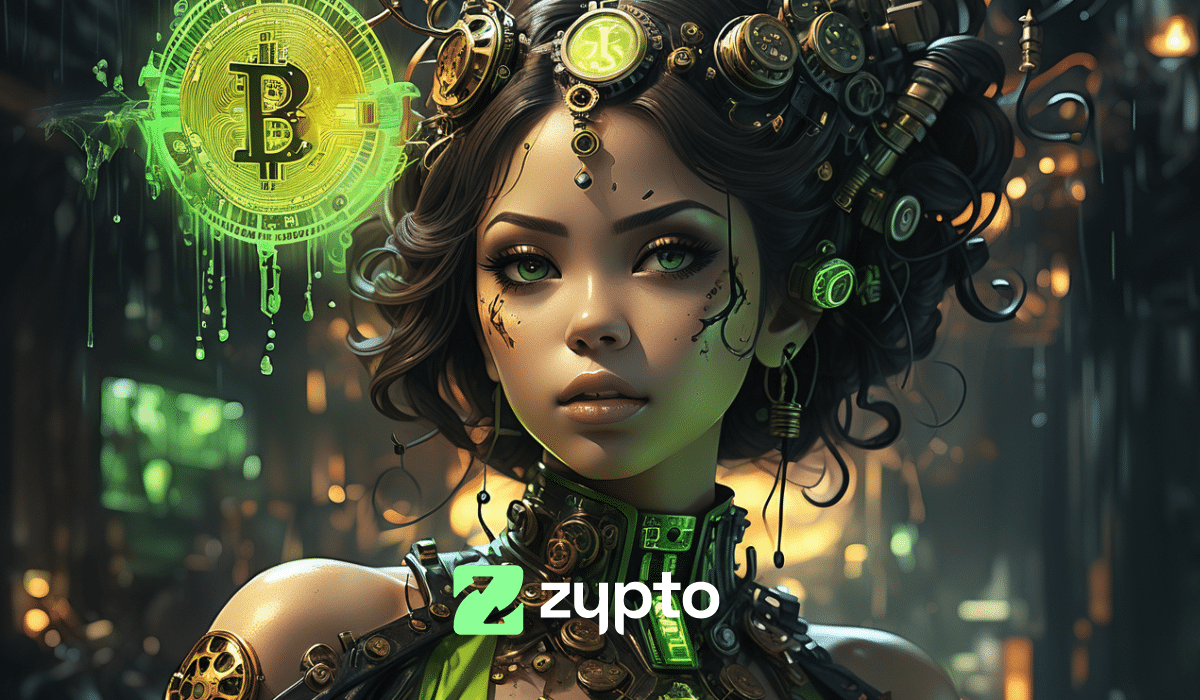



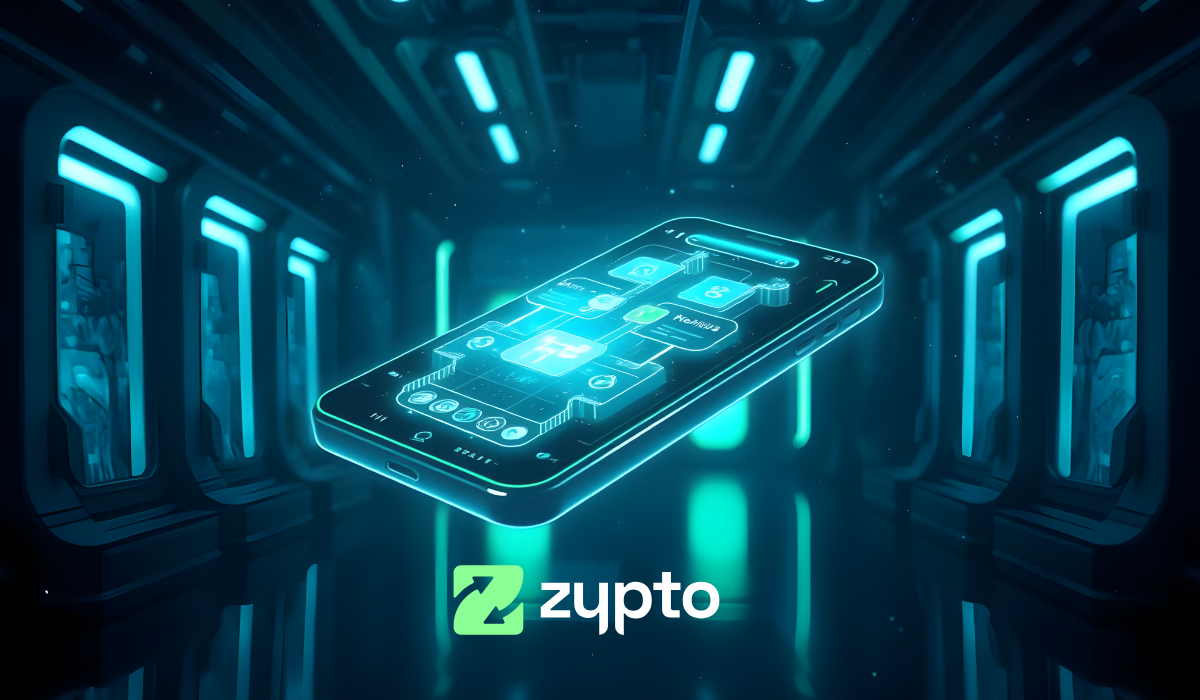
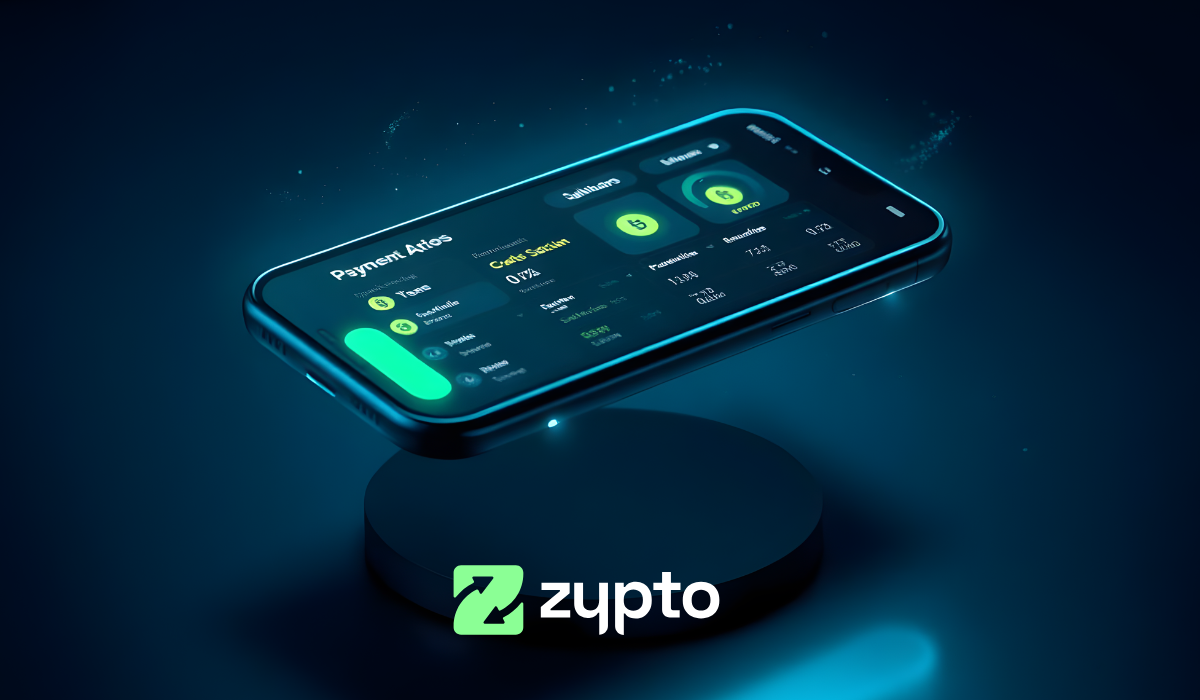
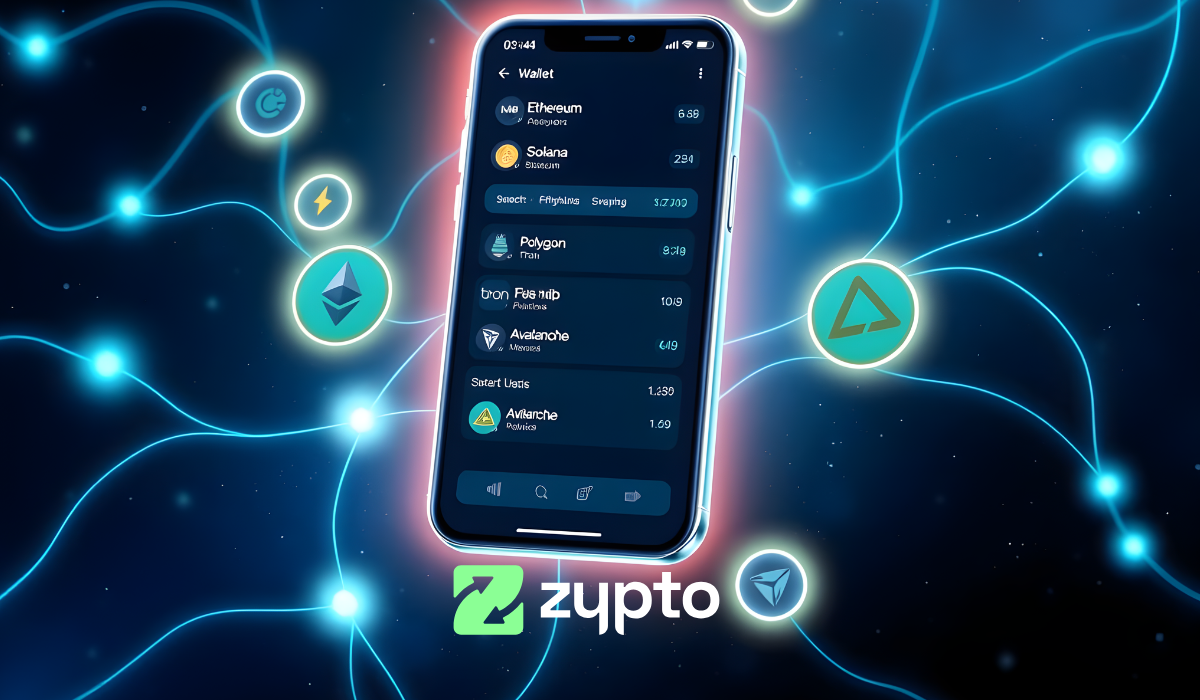
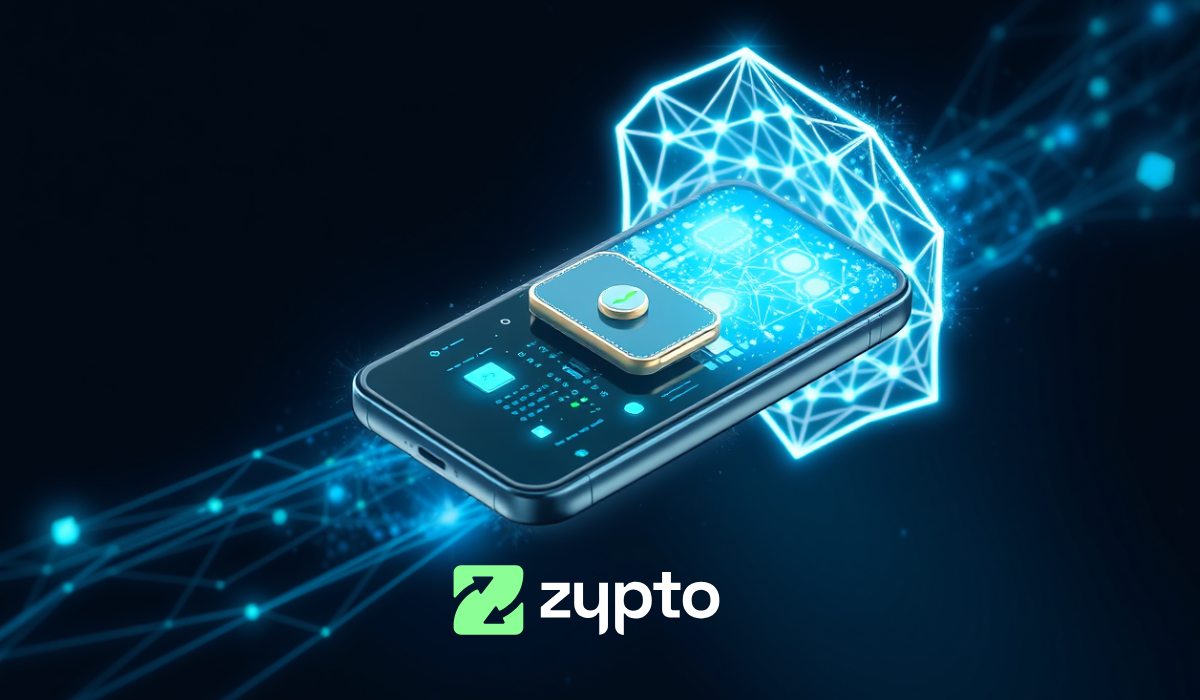
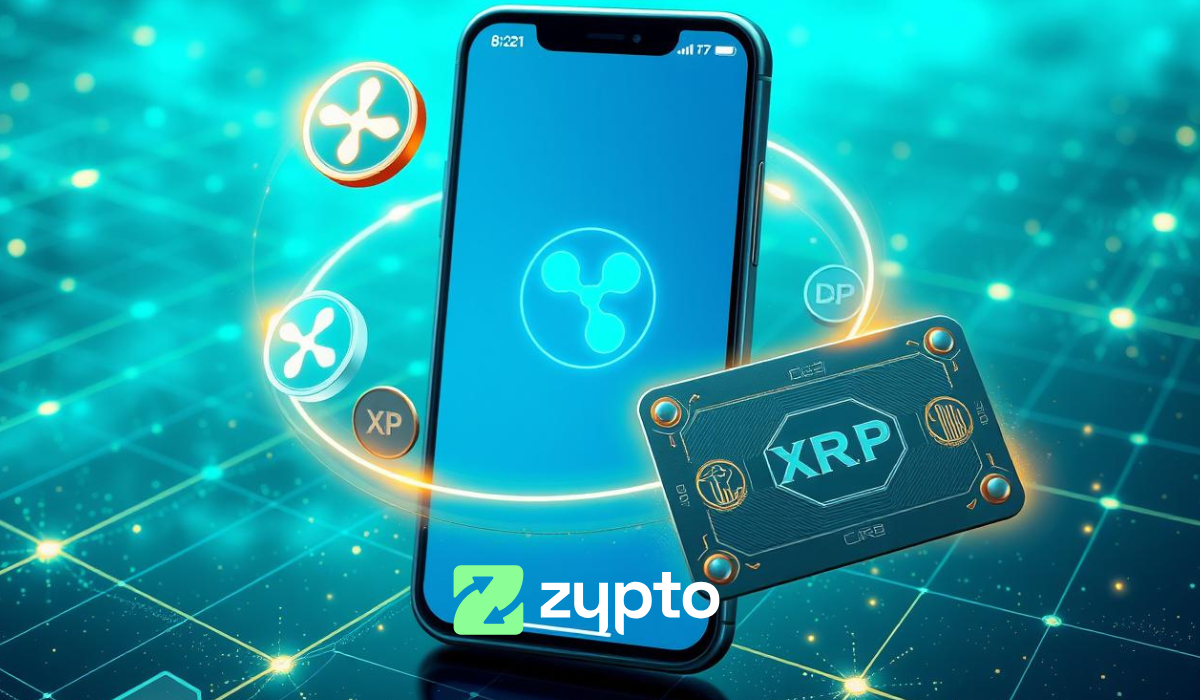
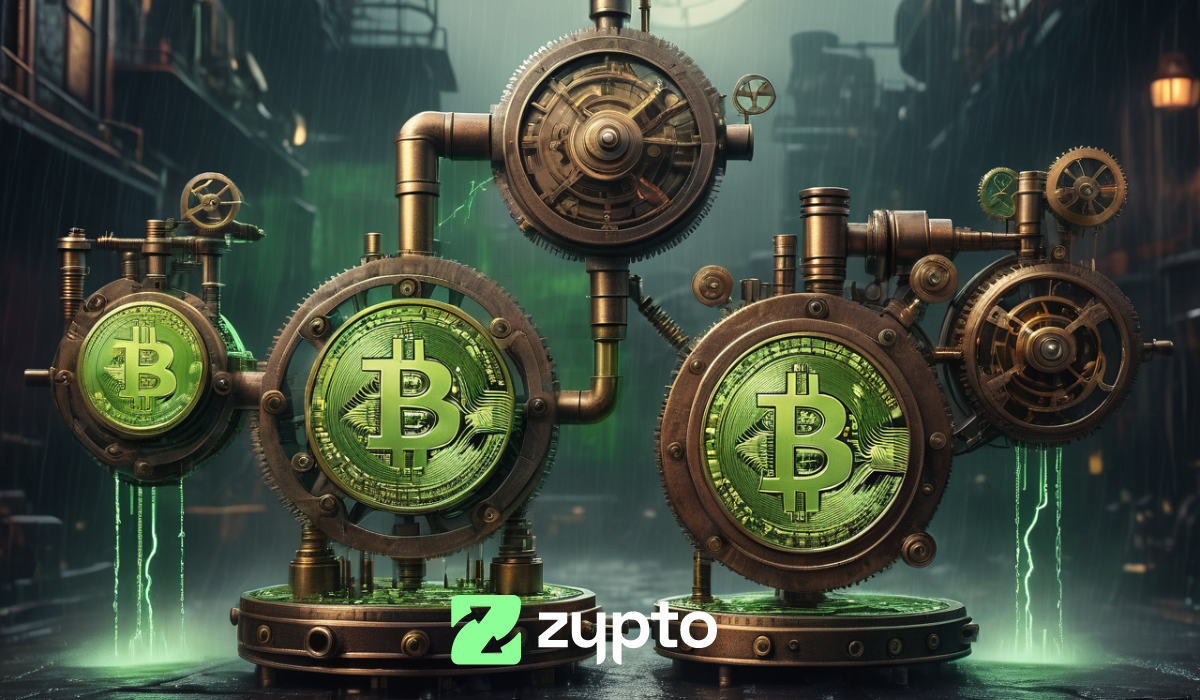
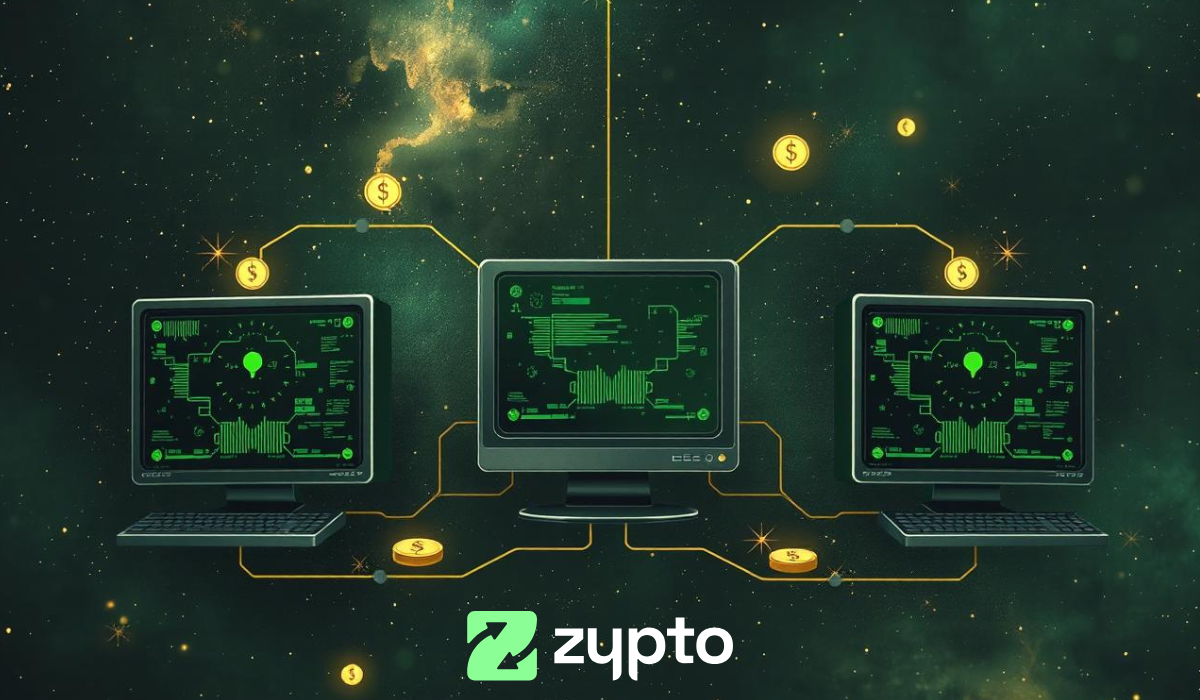
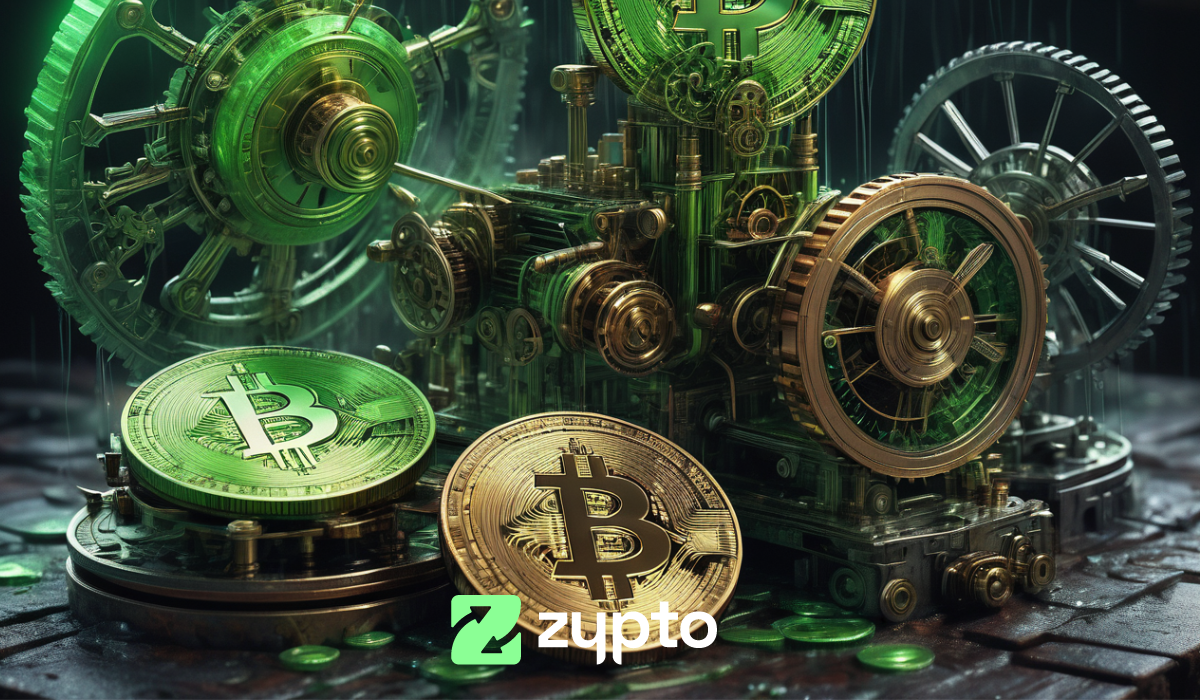
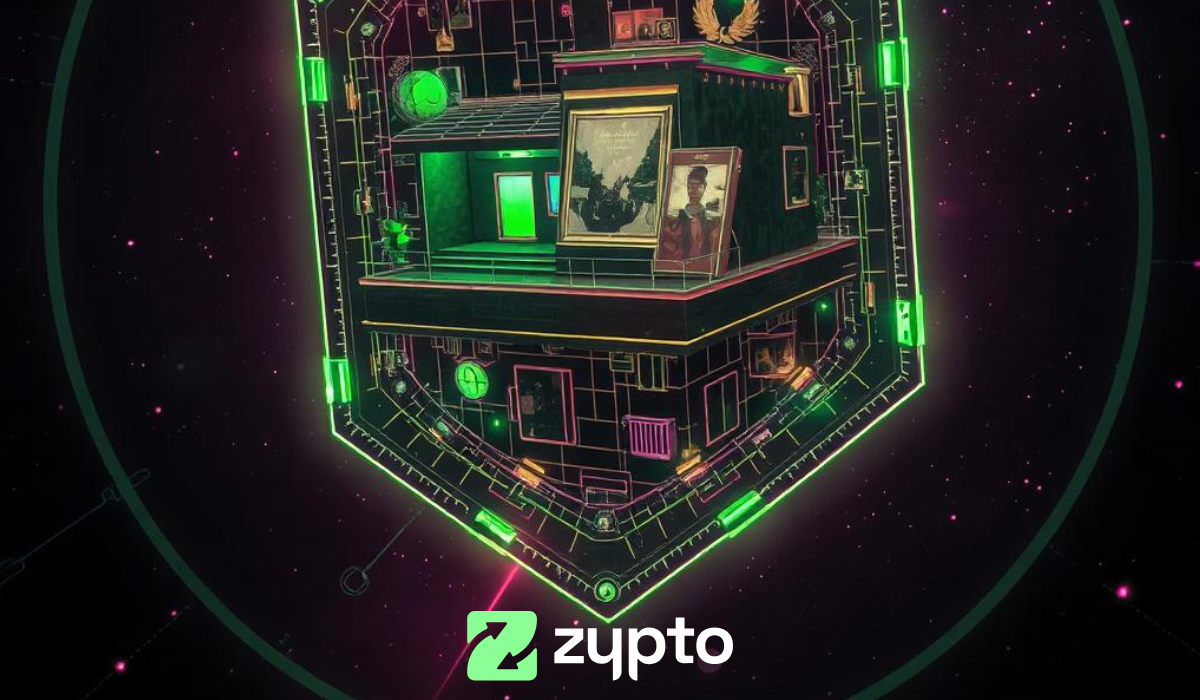
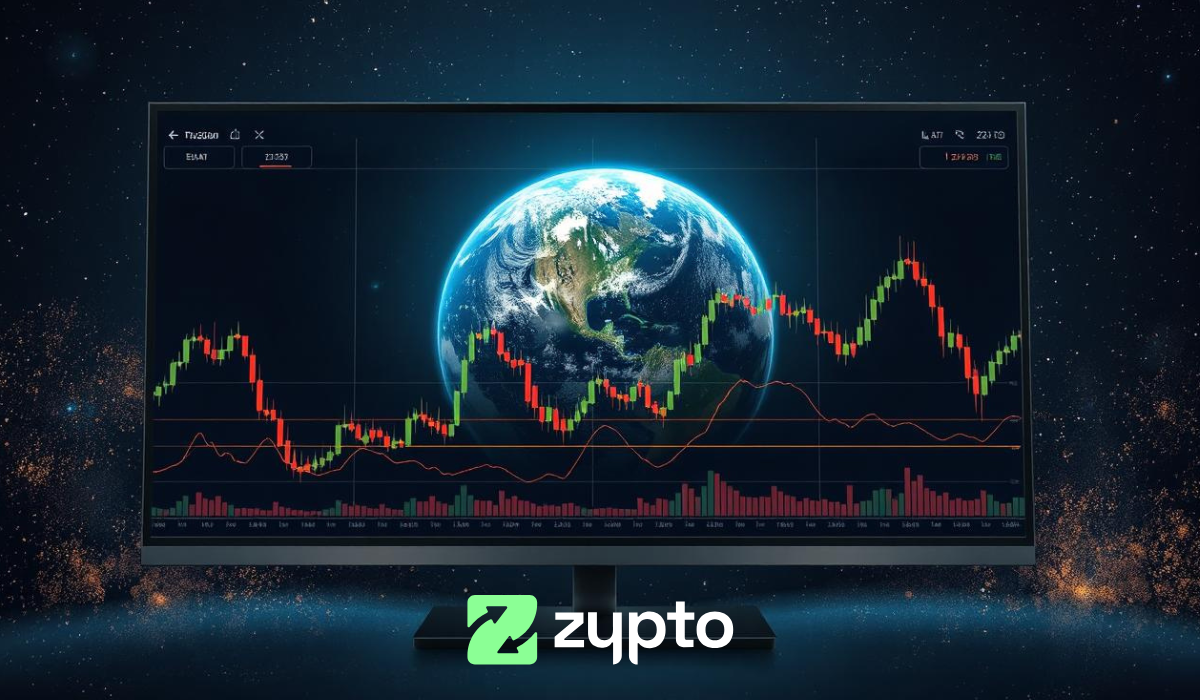
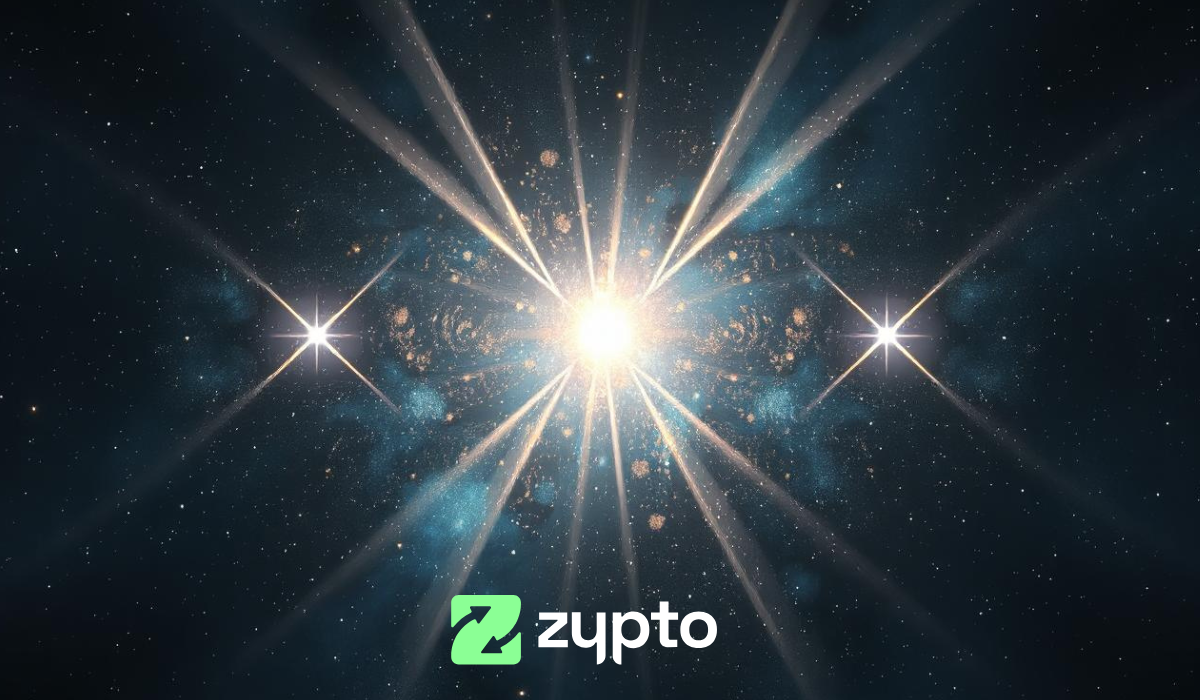
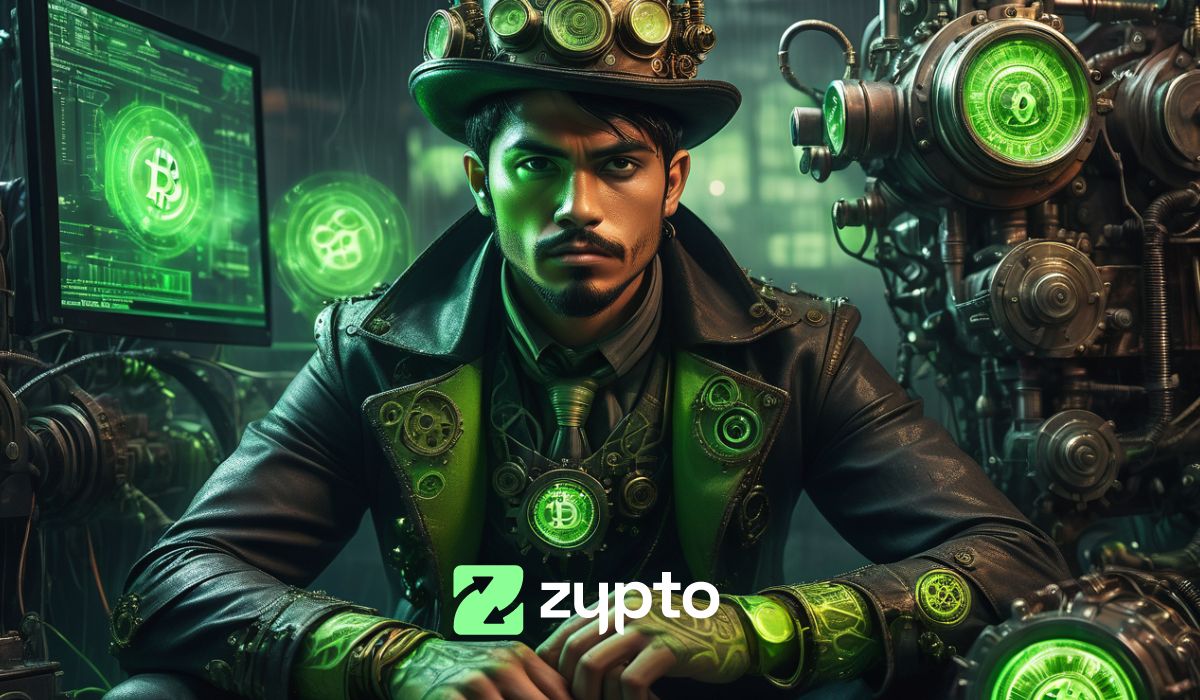
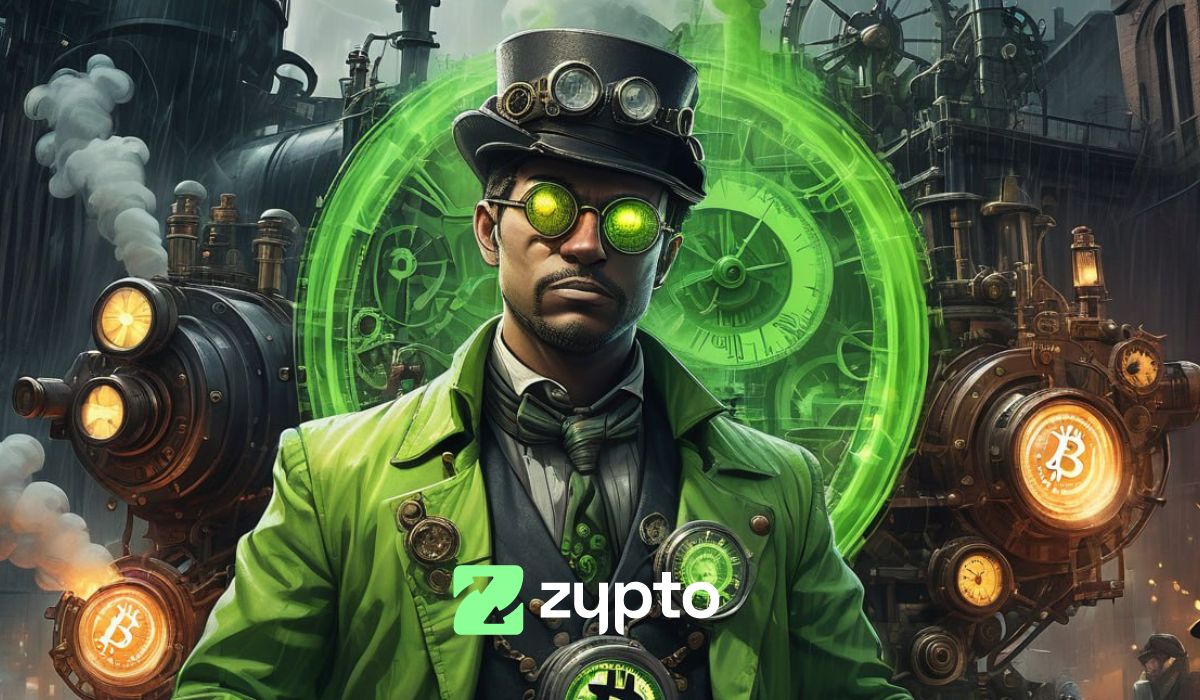
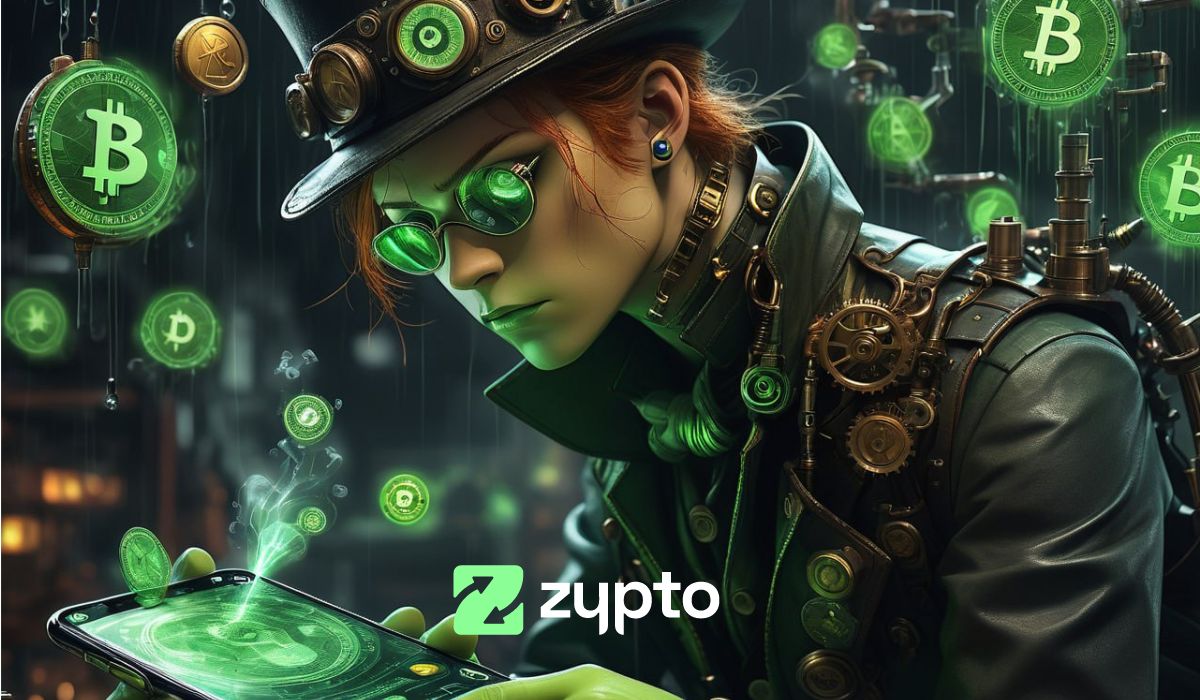
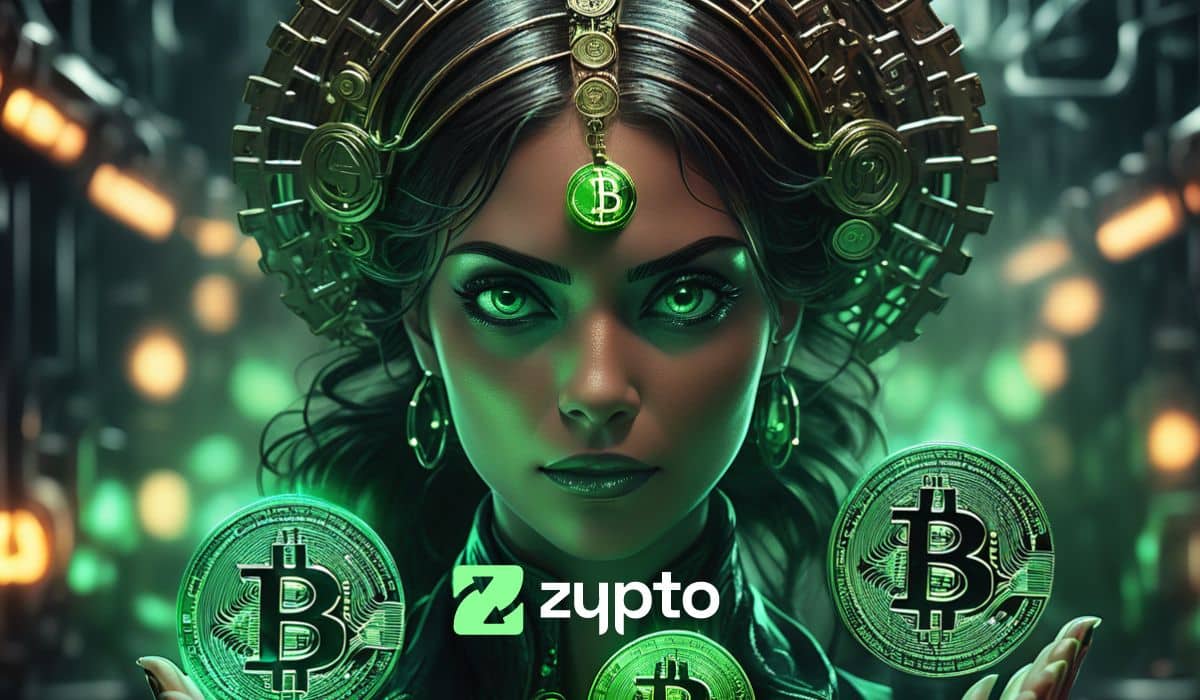
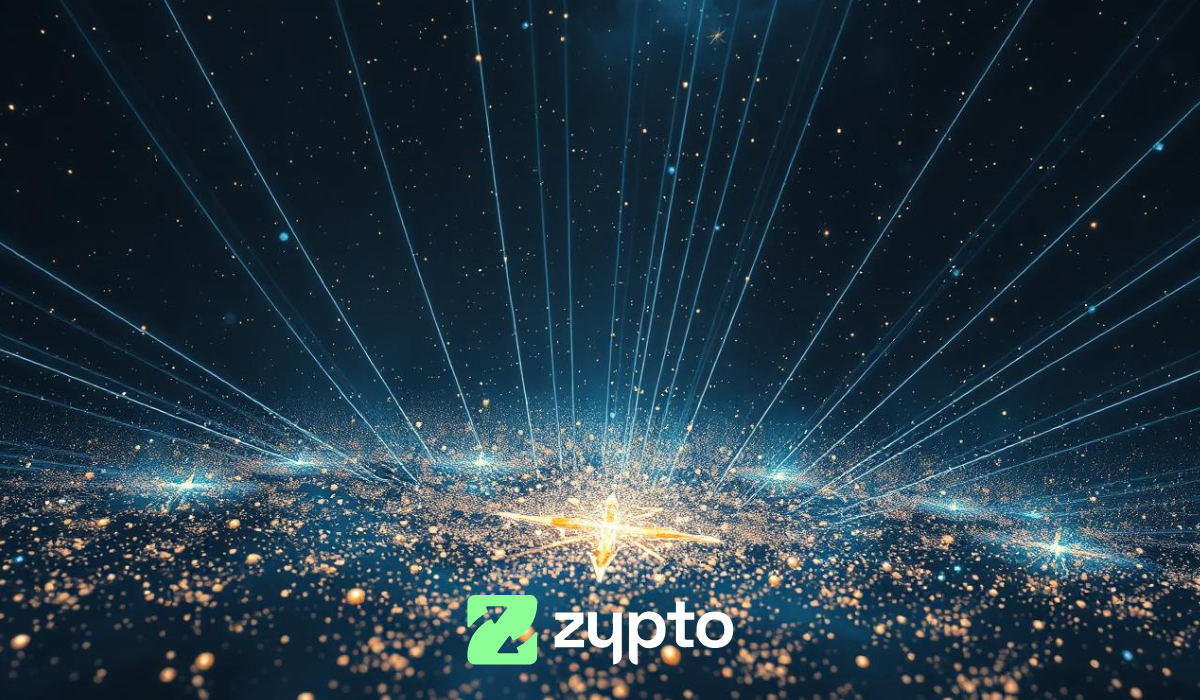
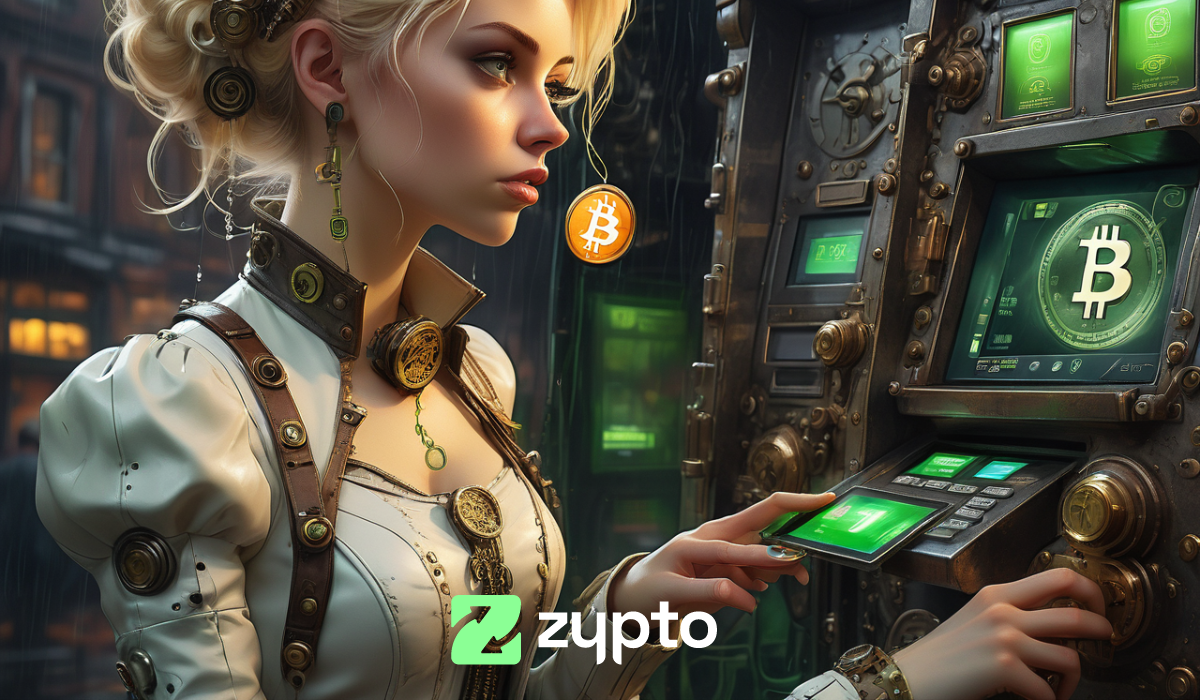
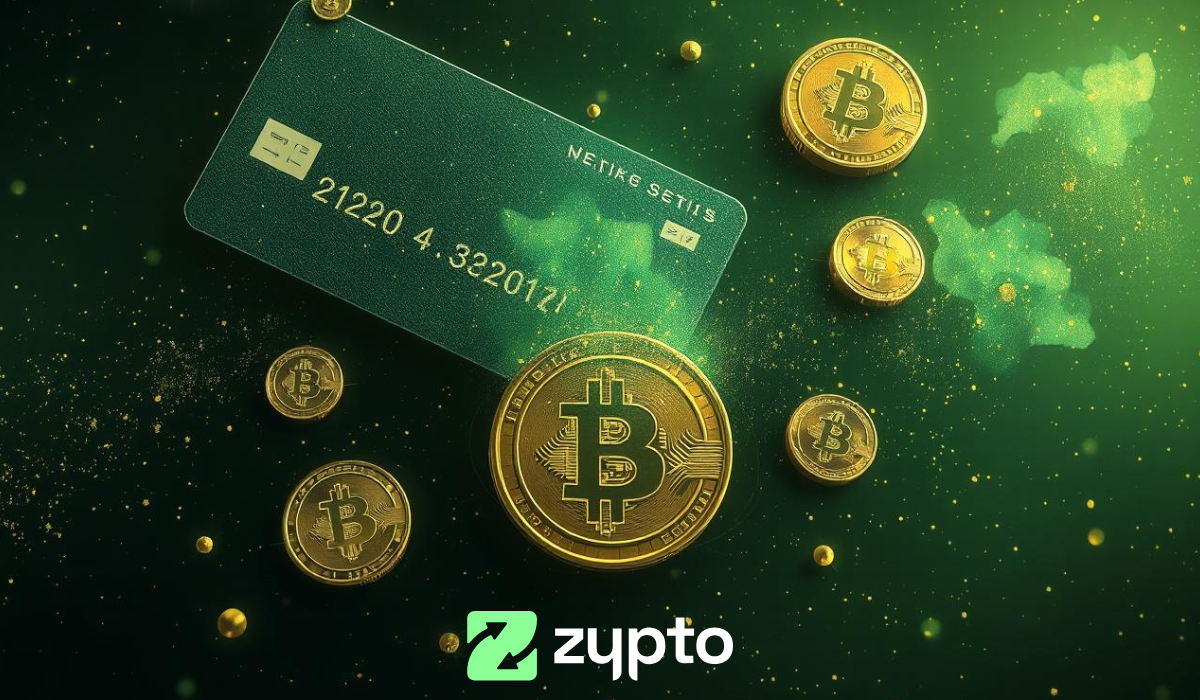

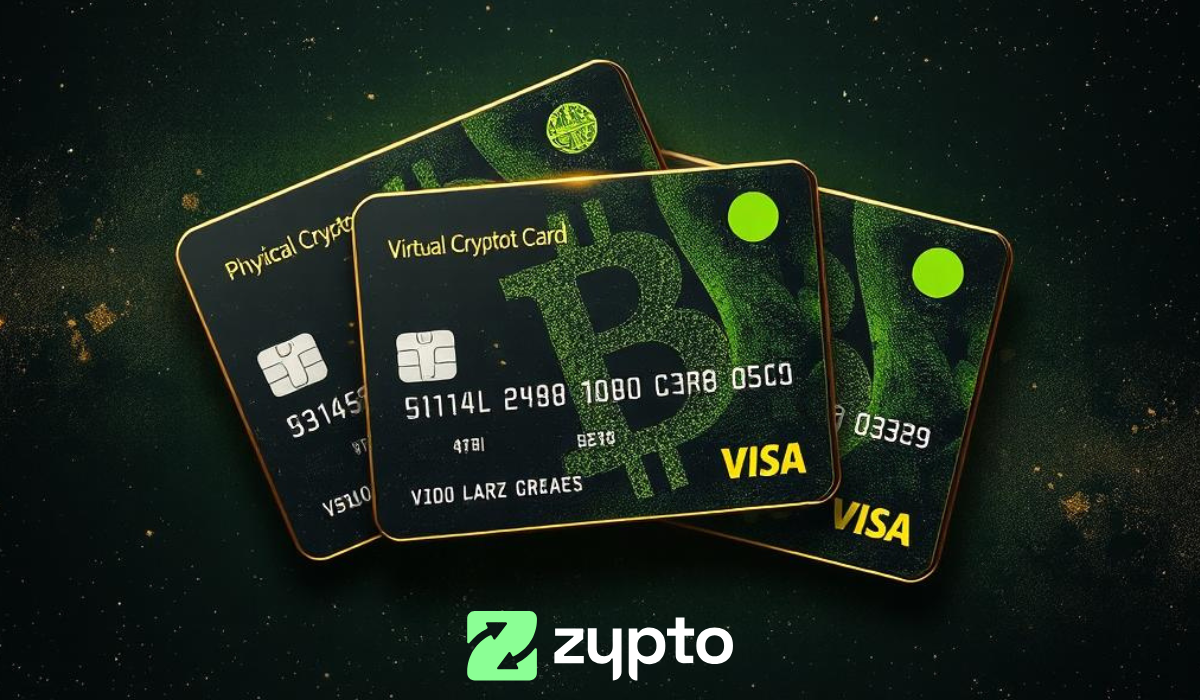
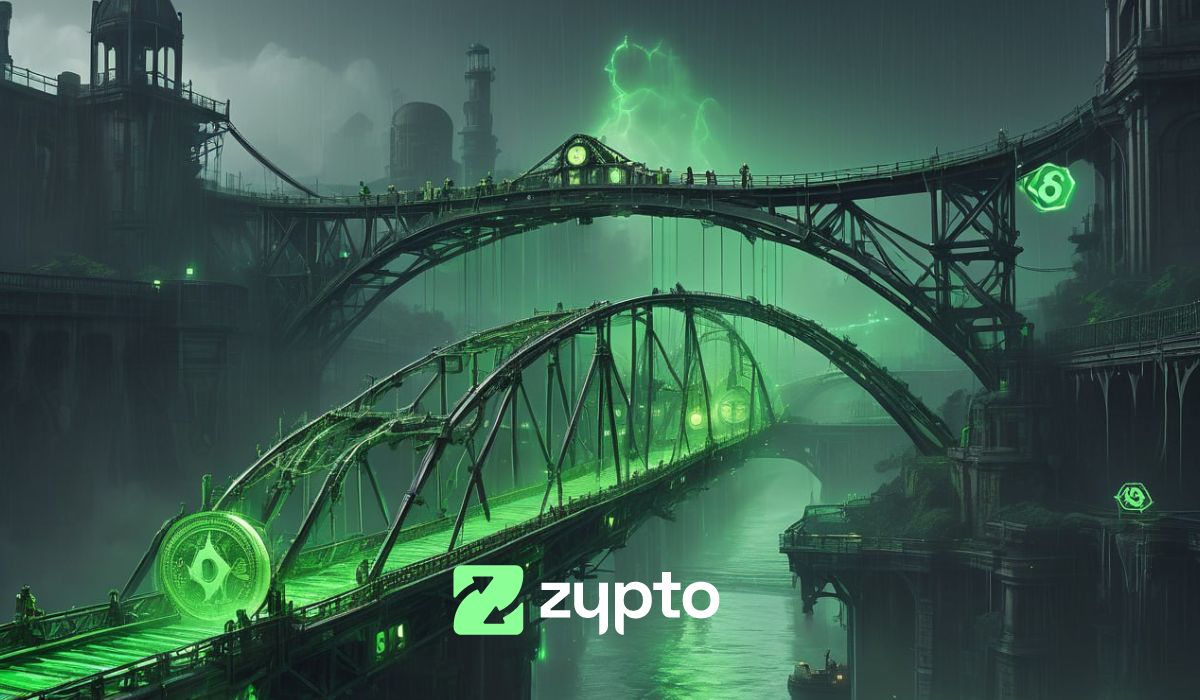
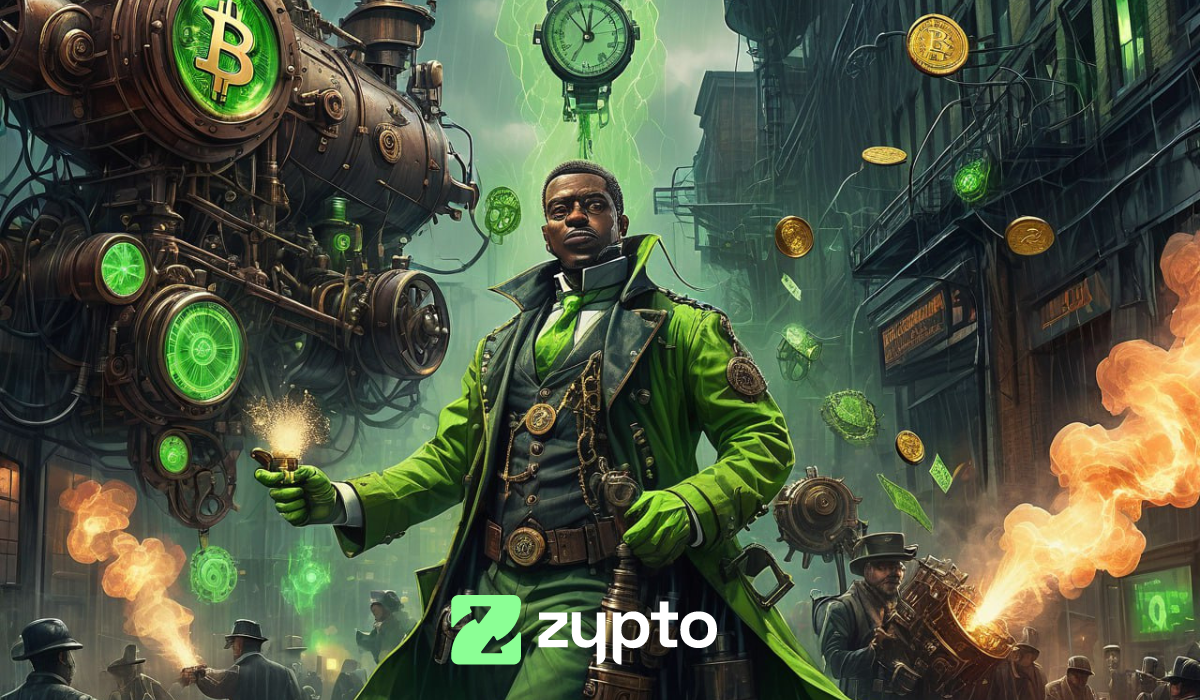
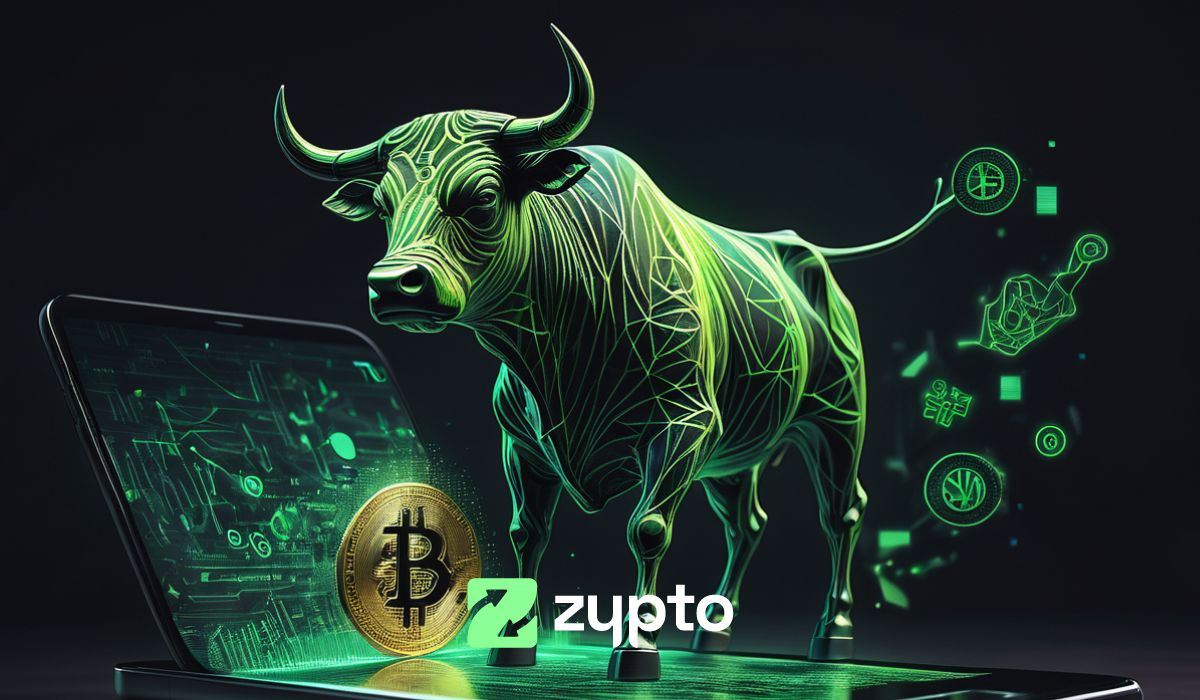
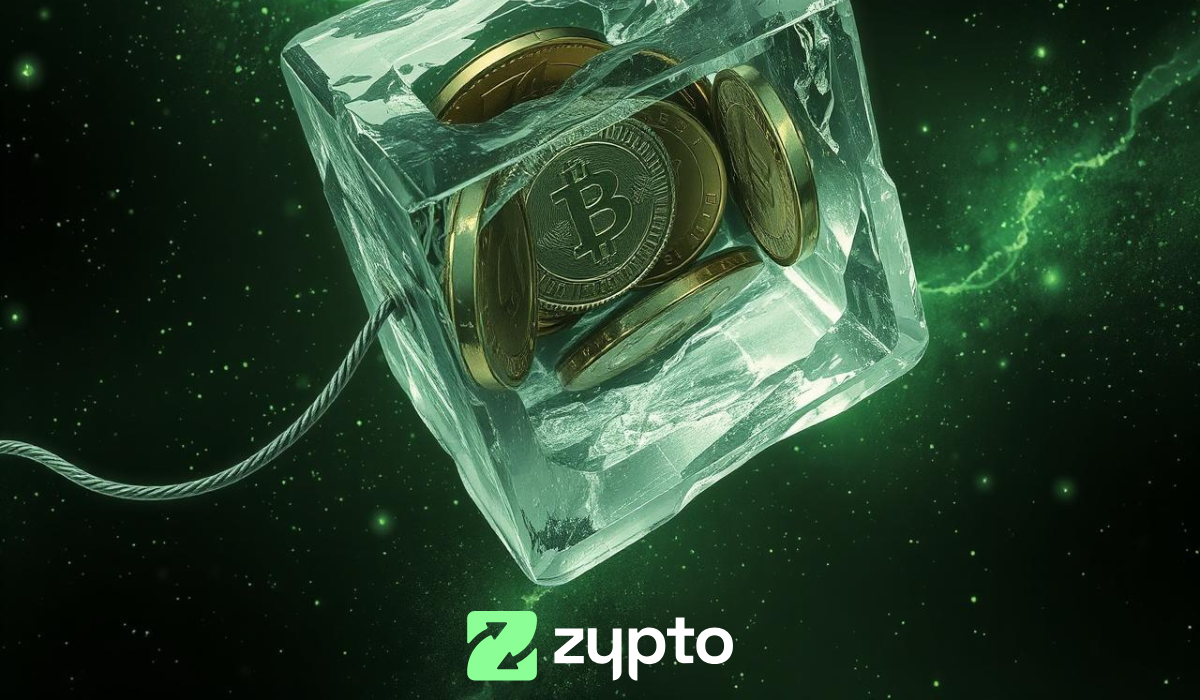
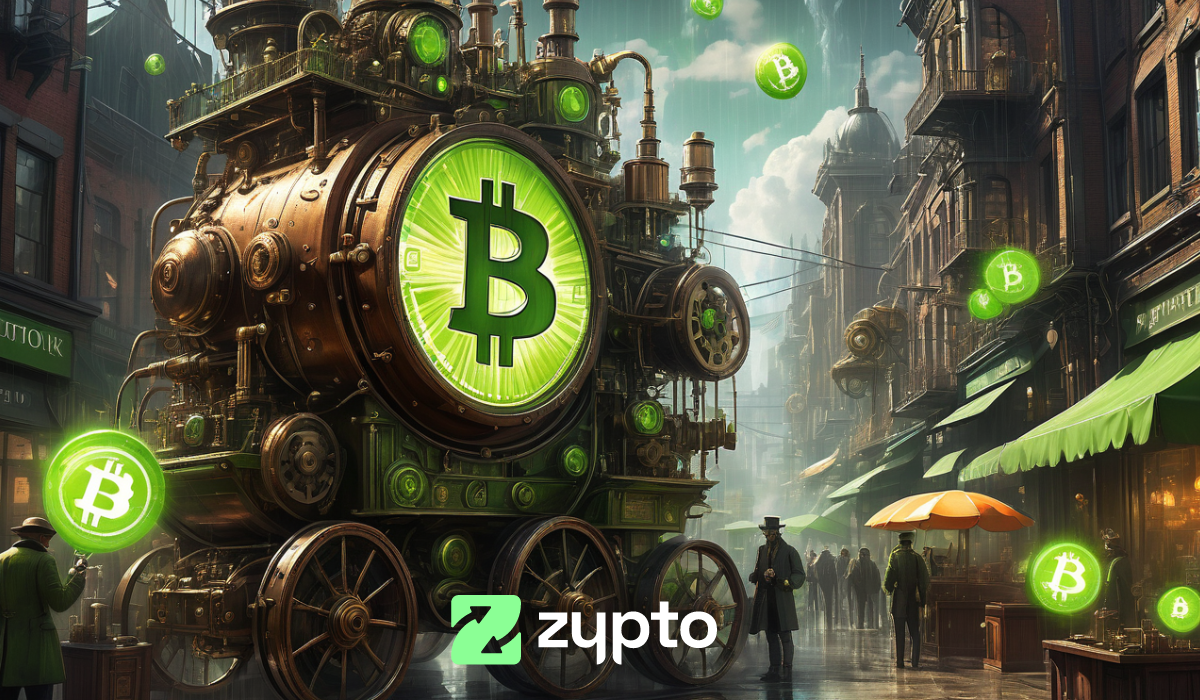

This is a beautifully written article. Super informative. Thorough, yet easy to digest. Great job with this this team!
This piece eloquently captures the transformative power of DeFi, emphasizing its potential to democratize finance. The advice to approach it cautiously, prioritize security, and start small is sound and practical. I appreciate the invitation for readers to share their thoughts on DeFi, fostering engagement and conversation.
We’re thrilled to share our review of the Zypto Blog’s post titled “Demystifying DeFi: A Beginner’s Guide to Decentralized Finance.” This insightful post, authored by Ayomide Adeleye, provides a comprehensive overview of decentralized finance (DeFi) and offers valuable insights into its key concepts and mechanisms.
An excellent job of breaking down the complex world of DeFi into easily understandable terms for beginners. The post covers the core principles of decentralized finance, highlighting its potential advantages and discussing the potential risks involved. A+++
As a tech enthusiast, I am always on the lookout for the next big thing in the world of apps. And let me tell you, I have found it. Zypto – the revolutionary app that is taking the world by storm.
What is Zypto, you ask? Well, it’s not just any ordinary app. It’s a powerful tool that combines the best features of social media, gaming, and cryptocurrency. And let me tell you, the result is truly mind-blowing.
First off, let’s talk about the social aspect of Zypto. This app allows you to connect with people from all over the world who share similar interests as you. You can join communities, create groups, and interact with like-minded individuals. It’s like having a global network of friends at your fingertips.
But Zypto doesn’t stop there. It also incorporates elements of gaming, making it the ultimate app for entertainment. You can challenge your friends to games, compete in tournaments, and earn rewards. And the best part? You can use those rewards to purchase items within the app or even convert them into real money.
Now, let’s get to the most exciting part – cryptocurrency. Zypto has its own currency, Zcoins, which you can earn through various activities within the app. And here’s where it gets really interesting – you can use those Zcoins to buy products and services from partner businesses. That’s right, Zypto is not just an app, it’s a whole ecosystem.
But wait, there’s more. Zypto also offers a secure and user-friendly platform for buying, selling, and trading cryptocurrencies. It’s like having a mini stock market in your pocket. With Zypto, you can easily invest in the future of digital currency and watch your portfolio grow.
I know what you’re thinking – this app must be expensive. But let me tell you, Zypto is completely free to download and use. That’s right, you can unlock all of its amazing features without spending a single penny.
So why am I so convinced that Zypto is the next big thing? Well, I have seen the app’s potential firsthand. I have connected with people from all over the world, won games and earned rewards, and even made some profitable trades on the crypto market. And I’m not the only one – Zypto has already gained a huge following and is expanding rapidly.
Don’t just take my word for it, download Zypto now and experience its power for yourself. Trust me, you won’t regret it. The future is here, and it’s called Zypto.
Great article that explains DeFi for beginners.
In the getting started section, I would also add that is important to never connect your DeFi wallet to an untrusted website. There are huge ramifications, all of your cryptocurrency can be stolen from you by simply clicking a button and connecting to a malicious website. I’ve been in crypto only three years, but I’ve seen it happen all too often where someone’s entire wall is drained by a thief after they’ve connected it to a malicious website. For an added layer of protection, I would highly recommend you research and purchase a hard wallet. This is a piece of hardware that only you have and you plug into your computer or connect it to your phone to verify a crypto transaction. That way, even if you connect to a website that is malicious someone cannot approve the transaction without your hardware wallet.
I learnt alot about defi from reading this. Well written and breaks each part down so it’s easy to understand.
Seems to have multiple benefits over traditional payment methods.
This is great article, should be beginners guide to king of defi – Zypto 🙂
Very useful information and very interesting to read!
tldr;
Introduction to DeFi: Gain a clear understanding of decentralized finance (DeFi) and its significance in the world of blockchain technology.
Decentralization Explained: Learn about the core principles of decentralization that underpin DeFi platforms, including autonomy, transparency, and security.
Key Components of DeFi: Explore the fundamental components of DeFi ecosystems, such as decentralized exchanges (DEXs), lending protocols, and liquidity pools.
Benefits of DeFi: Discover the advantages of participating in decentralized finance, including financial inclusion, reduced intermediaries, and global accessibility.
Risks and Challenges: Understand the potential risks and challenges associated with DeFi, such as smart contract vulnerabilities, regulatory uncertainty, and market volatility.
Getting Started with DeFi: Receive practical guidance on how to get started with DeFi, including setting up a digital wallet, accessing decentralized applications (DApps), and managing assets securely.
Lending and Borrowing: Learn how DeFi lending and borrowing protocols work, enabling users to earn interest on their crypto assets or access liquidity without traditional intermediaries.
Decentralized Exchanges (DEXs): Explore the functionality of decentralized exchanges, where users can trade digital assets peer-to-peer without relying on centralized entities.
Yield Farming and Liquidity Mining: Delve into the concepts of yield farming and liquidity mining, which involve providing liquidity to DeFi protocols in exchange for rewards.
Future of DeFi: Gain insights into the future of decentralized finance, including potential innovations, regulatory developments, and the role of DeFi in shaping the future of finance.